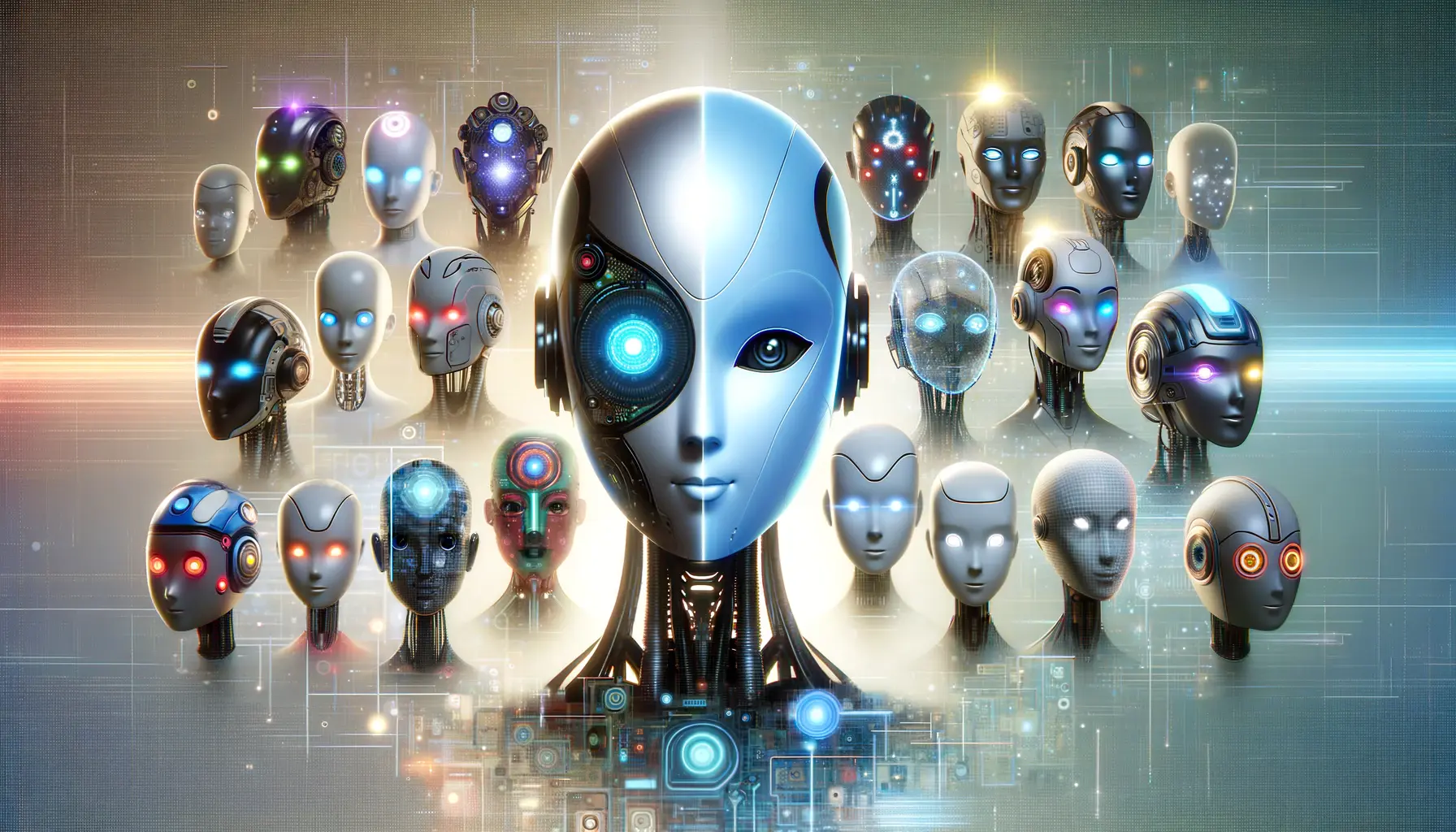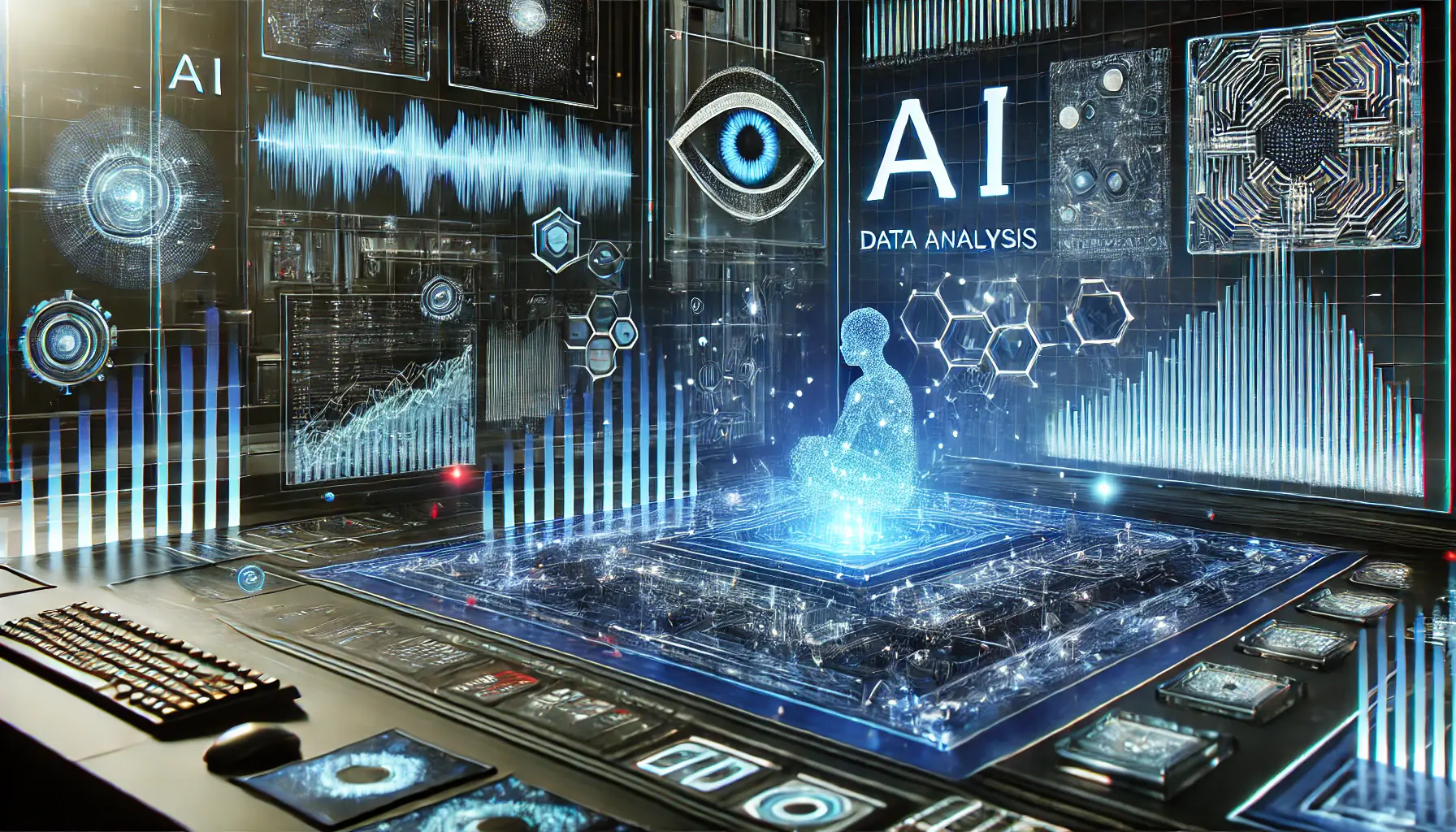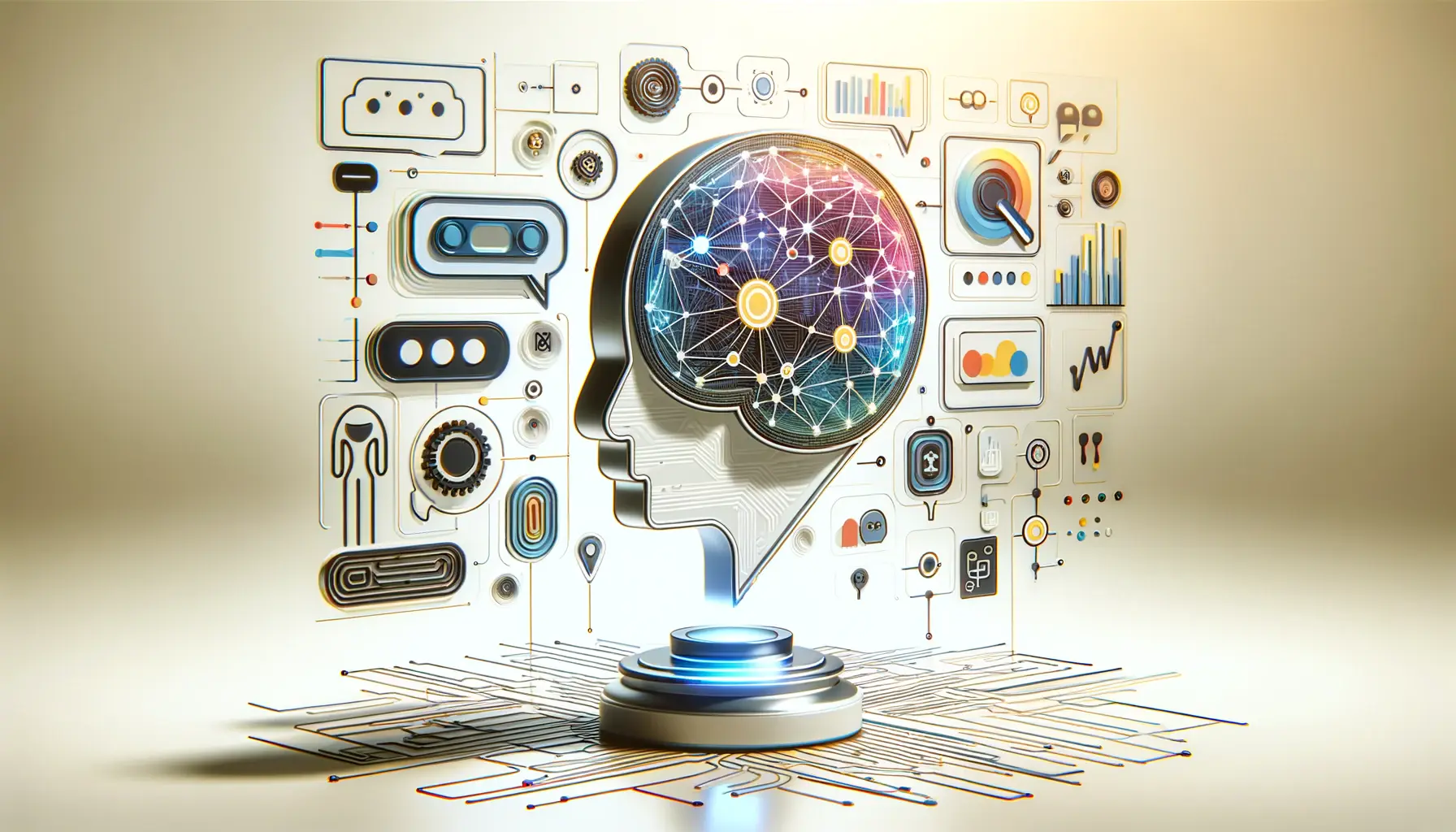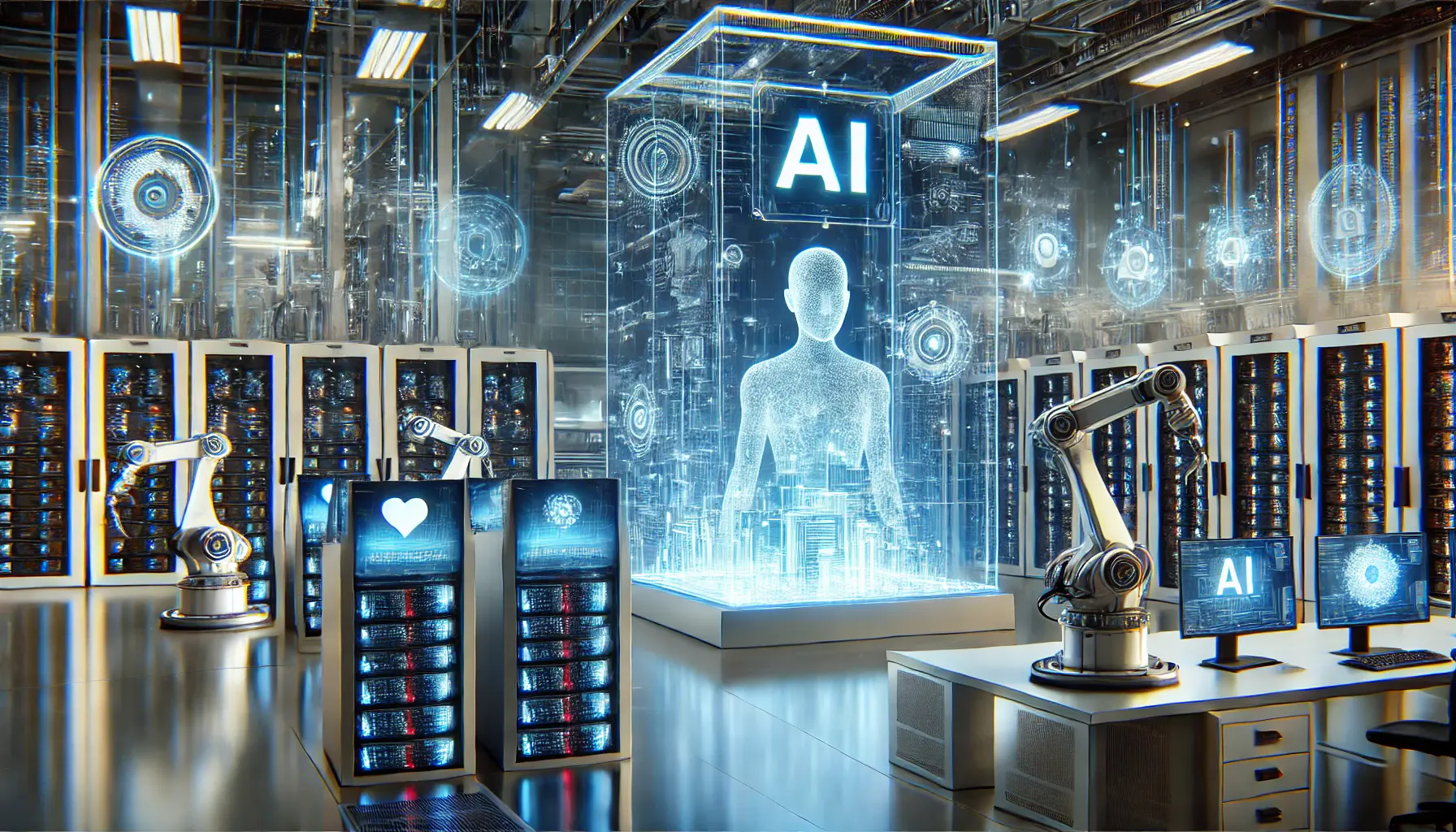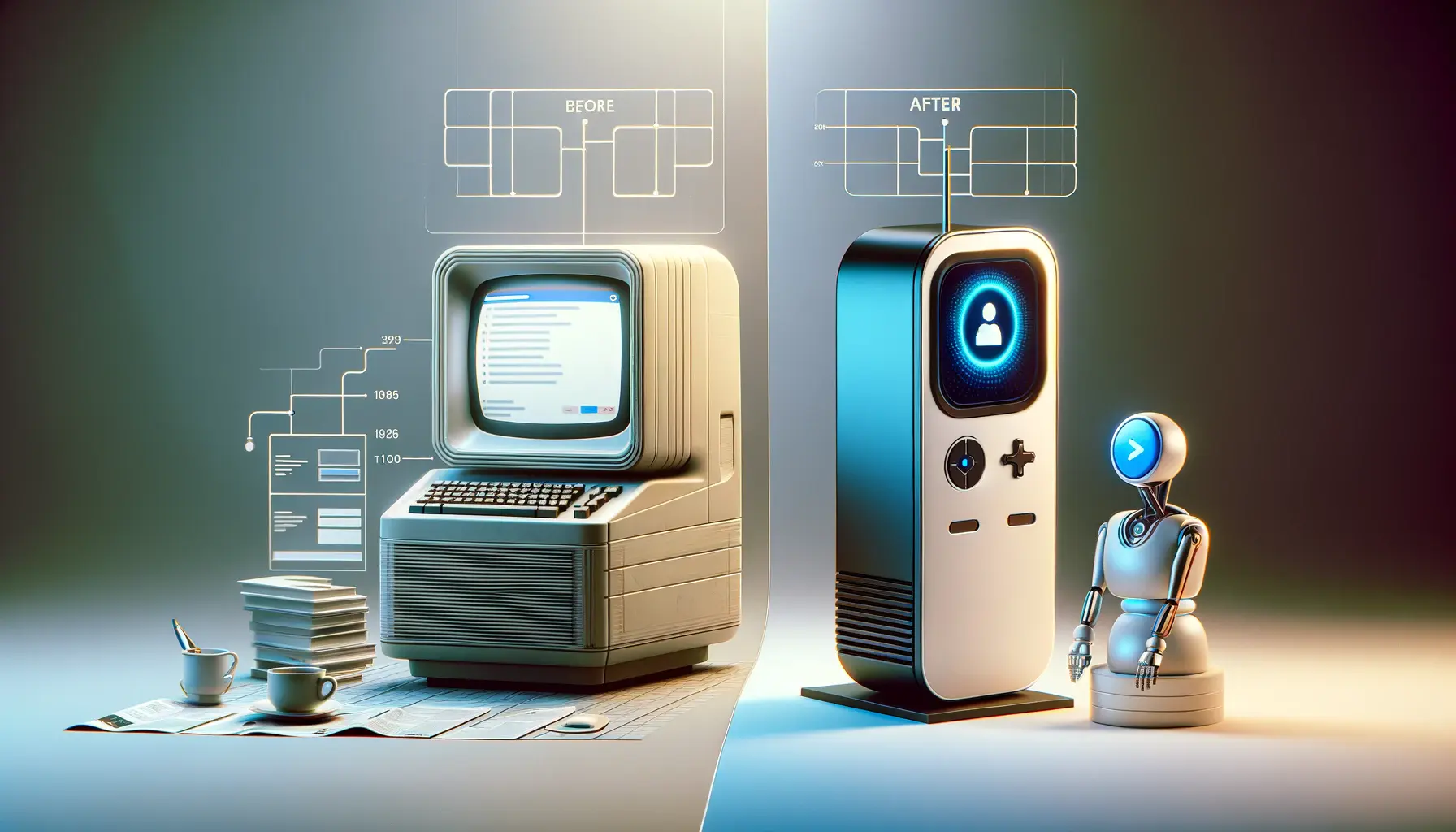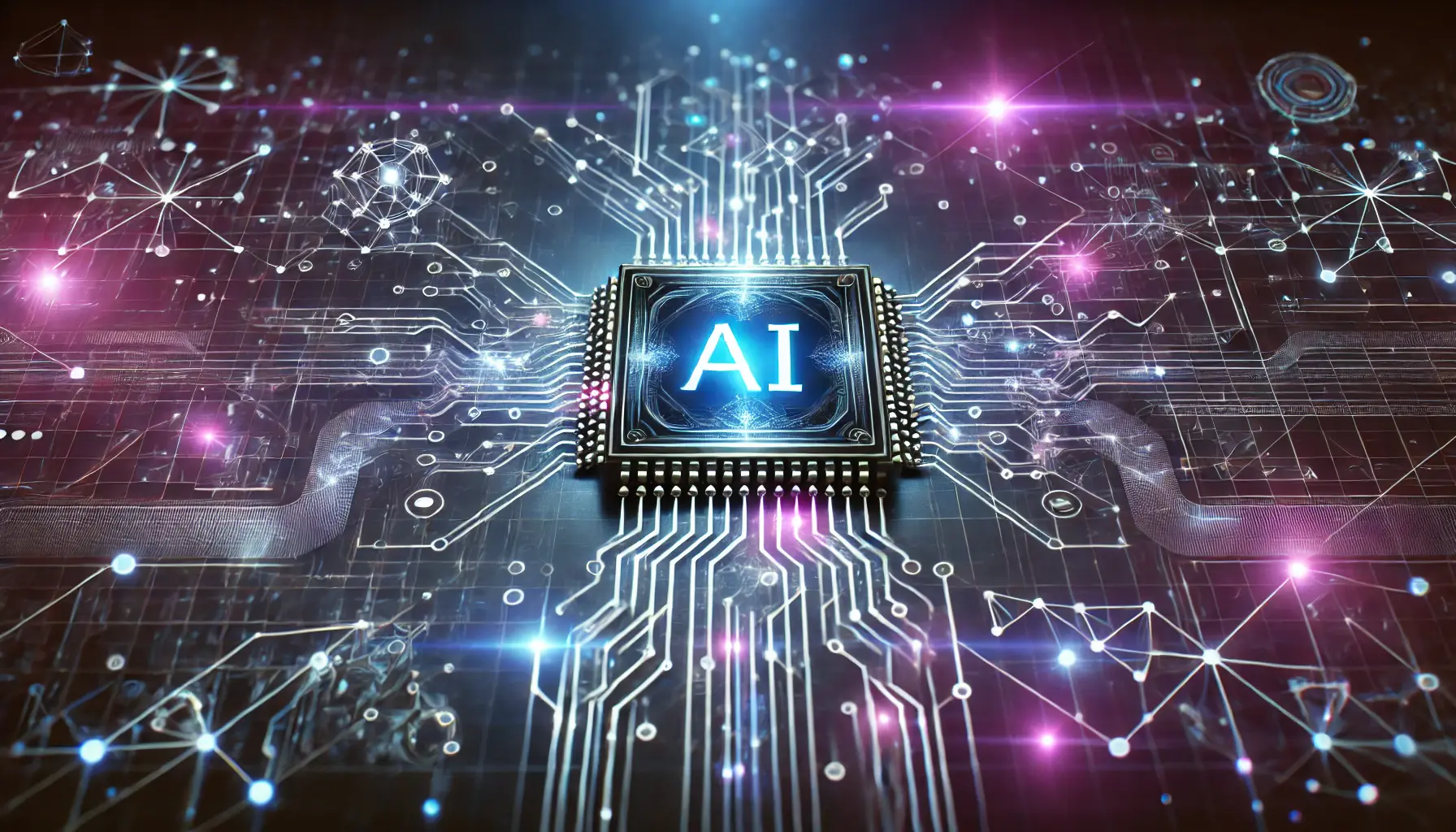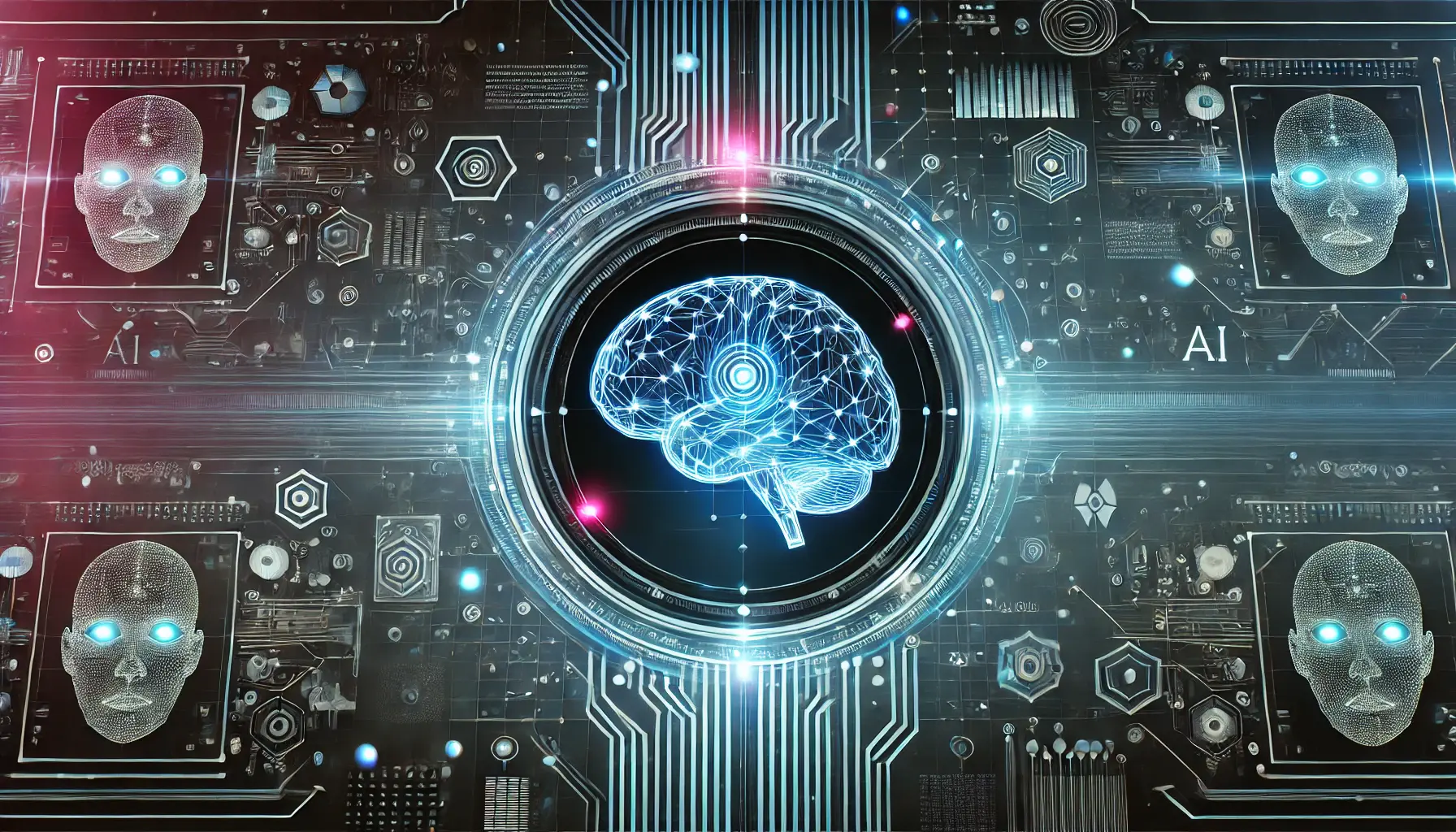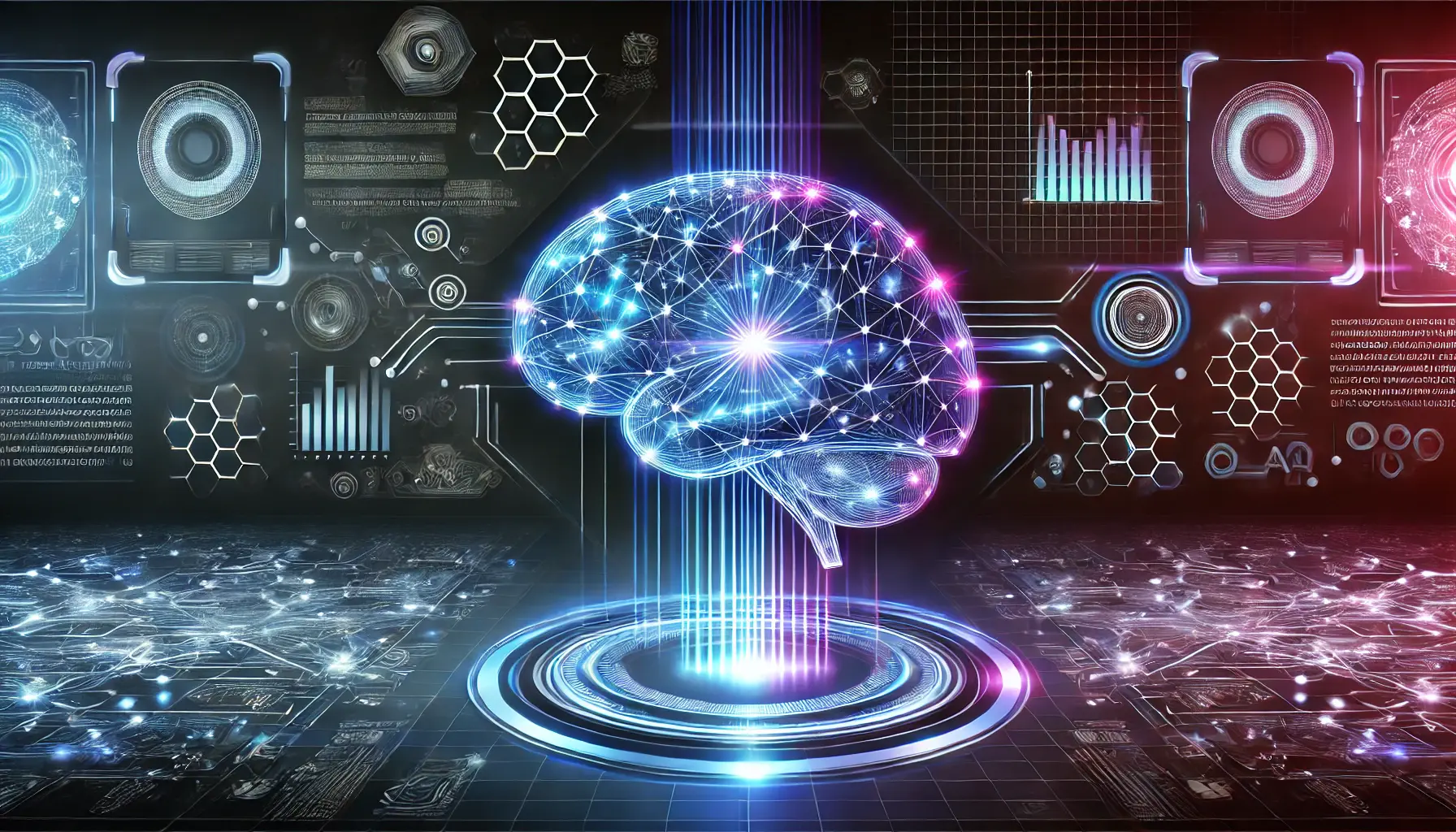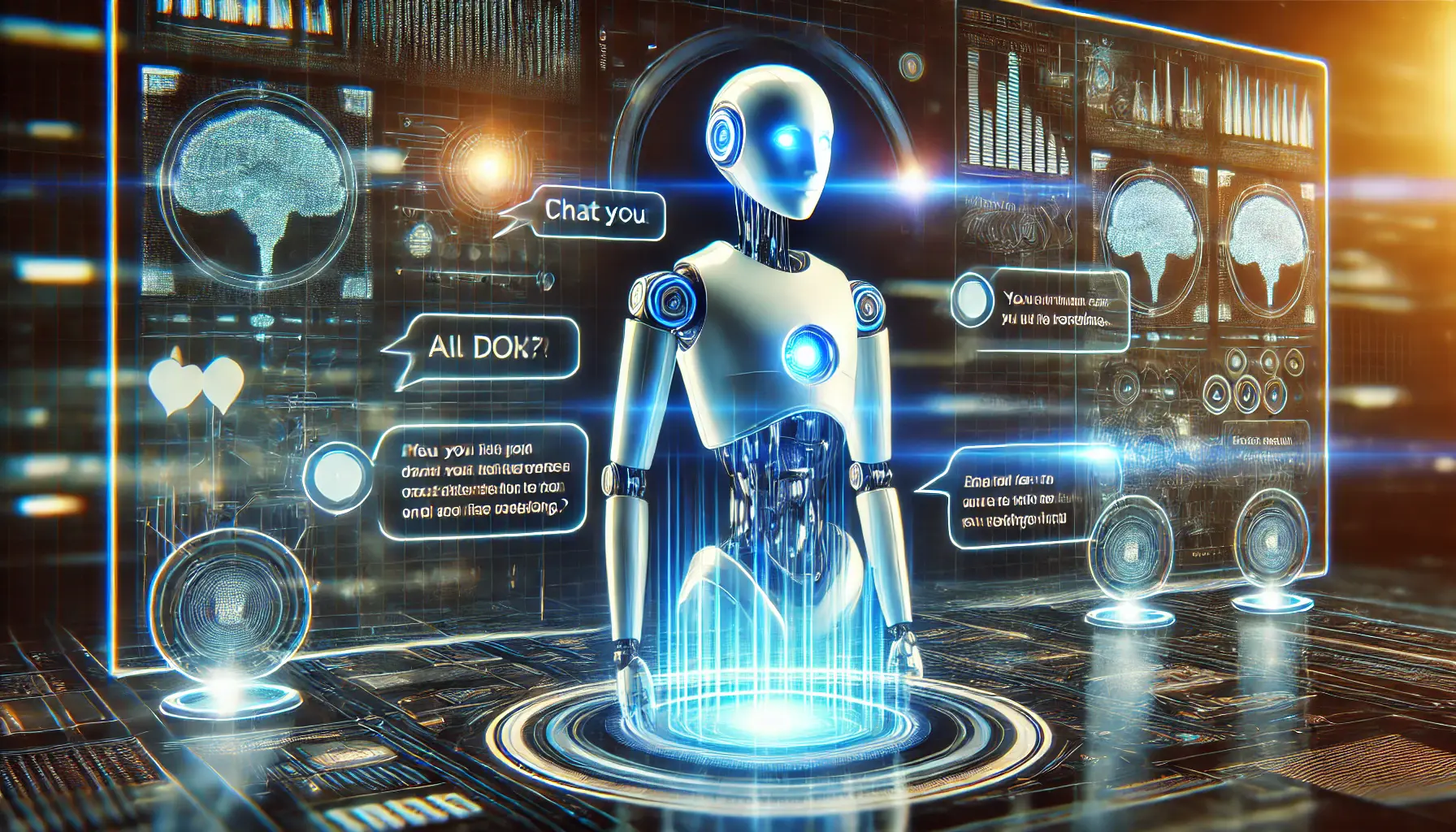The advent of chatbots has revolutionized the way we interact with technology, offering new dimensions of convenience and efficiency in digital communication.
Among these innovative tools, Google’s Bard has emerged as a significant contender, aiming to redefine the landscape of AI-driven interactions.
This article delves into a comprehensive comparison of Google’s Bard with other leading chatbots in the market, highlighting its unique features, capabilities, and how it stands out in the competitive arena.
Chatbots have become ubiquitous in our digital lives, assisting with everything from customer service inquiries to personal productivity and beyond.
The introduction of Google’s Bard marks a pivotal moment in this ongoing evolution, promising to leverage Google’s vast data resources and search capabilities to offer more nuanced and contextually aware interactions than ever before.
As we explore the intricacies of Bard and its competitors, we aim to uncover the nuances that define the current state of chatbot technology and what users can expect from these digital assistants.
- Understanding Google’s Bard
- Comparative Analysis with Other Chatbots
- Technological Innovations Behind Bard
- Impact on User Experience and Engagement
- Challenges and Limitations
- Future Prospects and Developments
- Integrating Bard into Daily Life and Work
- Embracing the Future with Google’s Bard
- FAQs: Navigating the World of Google’s Bard and Chatbots
Understanding Google’s Bard
Google’s Bard, as a late entrant into the chatbot market, brings with it the promise of Google’s cutting-edge AI research and the vast expanse of knowledge from the internet.
Unlike its predecessors and competitors, Bard is designed to not only understand and generate human-like text but also to provide answers that are deeply rooted in the web’s vast repository of information.
This capability allows Bard to offer more accurate, up-to-date, and contextually relevant responses to users’ queries.
One of the key distinctions of Bard lies in its integration with Google’s search ecosystem.
This integration enables Bard to pull in real-time data, facts, and figures directly from the web, offering users information that is not only conversational but also incredibly informative.
Whether it’s the latest news, scientific research, or cultural trivia, Bard is equipped to provide answers that are enriched with the most current information available online.
Features That Set Bard Apart
Bard’s unique selling proposition is its ability to conduct real-time web searches during conversations.
This feature not only enhances the user experience by providing immediate access to information but also ensures that the data presented is accurate and up-to-date.
Furthermore, Bard’s responses are designed to be more detailed and nuanced, reflecting a deeper understanding of the query’s context and the user’s intent.
Another notable feature of Bard is its adaptability and learning capabilities.
Powered by Google’s AI algorithms, Bard continuously learns from interactions, allowing it to offer more personalized and relevant responses over time.
This adaptability makes Bard an invaluable tool for users seeking a chatbot that evolves with their needs and preferences.
Bard’s integration with Google’s search ecosystem sets it apart, offering users real-time access to the vast information available on the web.
Comparative Analysis with Other Chatbots
The chatbot landscape is diverse, with each platform designed to serve different needs and preferences.
When comparing Google’s Bard with other chatbots, it’s essential to consider various factors such as functionality, user experience, and the depth of information provided.
This comparative analysis aims to highlight the strengths and weaknesses of Bard in relation to its competitors.
Chatbots like OpenAI’s ChatGPT, Microsoft’s Bing Chat, and others have set high standards in the AI chatbot domain.
Each of these platforms brings unique features to the table, making the comparison with Bard both interesting and complex.
Let’s delve into how Bard stacks up against some of the key players in the market.
Functionality and User Experience
- Google’s Bard: Known for its seamless integration with Google’s search capabilities, offering real-time information and a wide range of data directly from the web. Bard excels in providing contextually relevant and up-to-date responses, enhancing the overall user experience.
- ChatGPT: Praised for its conversational abilities and depth in generating human-like text. ChatGPT can simulate a wide range of conversational scenarios but may not always provide the most current information as Bard does.
- Microsoft’s Bing Chat: Integrates Bing’s search engine to offer information-rich responses. While similar to Bard in its use of a search engine, Bing Chat’s integration may not be as deep or seamless as Bard’s with Google Search.
Depth of Information Provided
- Google’s Bard: Stands out for its ability to tap into the vast resources of the internet, providing answers that are not just accurate but also enriched with the latest information available online.
- ChatGPT: While capable of generating detailed and nuanced responses, it relies on its training data up to a certain point in time, which may limit the freshness of its information.
- Microsoft’s Bing Chat: Offers a good balance between conversational capabilities and access to up-to-date information, though it may not always match Bard’s depth of real-time web integration.
Considering the diversity in chatbot functionalities and user experiences, Bard’s unique advantage lies in its integration with Google Search, offering unparalleled access to real-time information.
Technological Innovations Behind Bard
The technological foundation of Google’s Bard is a testament to Google’s commitment to advancing AI and machine learning technologies.
At the core of Bard’s capabilities is a sophisticated blend of natural language processing (NLP), machine learning algorithms, and Google’s proprietary technologies.
This section explores the cutting-edge innovations that enable Bard to deliver a superior chatbot experience.
Bard leverages Google’s latest advancements in AI to understand, interpret, and generate human-like text.
This involves complex NLP techniques that allow Bard to grasp the nuances of human language, including idioms, cultural references, and even humor.
The integration of these technologies ensures that Bard can engage in more meaningful and contextually aware conversations with users.
Natural Language Processing (NLP)
- Bard utilizes state-of-the-art NLP algorithms to analyze and understand user queries. This involves parsing sentences, recognizing the intent behind questions, and generating responses that are coherent and contextually relevant.
- The use of advanced NLP techniques also enables Bard to handle a wide range of conversational styles and topics, making it adaptable to various user needs and preferences.
Machine Learning and Adaptability
- At its heart, Bard is powered by machine learning models that learn from each interaction. This continuous learning process allows Bard to improve its responses over time, becoming more personalized and accurate for each user.
- The adaptability of Bard is further enhanced by Google’s AI research, incorporating feedback loops and user interactions to refine its understanding and performance.
Integration with Google’s Ecosystem
- Bard’s deep integration with Google’s ecosystem, particularly Google Search, sets it apart from other chatbots. This allows Bard to access a wealth of real-time information, making its responses not only relevant but also incredibly informative.
- This integration is facilitated by Google’s vast infrastructure and data processing capabilities, enabling Bard to leverage the full power of the internet in its responses.
The technological backbone of Bard, from advanced NLP to seamless integration with Google’s ecosystem, underscores its position as a leading-edge chatbot capable of transforming how we interact with digital assistants.
Impact on User Experience and Engagement
The introduction of Google’s Bard into the chatbot market has significant implications for user experience and engagement.
By leveraging Google’s vast data and sophisticated AI, Bard offers a level of interaction that is both intuitive and informative, setting a new standard for what users can expect from digital assistants.
This part of the article examines the impact of Bard on user experience and how it fosters a deeper level of engagement with technology.
At the heart of Bard’s appeal is its ability to provide answers that are not only immediate but also deeply rooted in a wealth of web-based knowledge.
This capability enhances user satisfaction by delivering accurate, relevant, and up-to-date information in a conversational manner.
The implications for user experience are profound, as Bard effectively bridges the gap between traditional search engines and conversational AI, offering the best of both worlds.
Enhanced Information Accessibility
- Bard’s integration with Google Search transforms the way users access information, making it more conversational and interactive. Users can now engage in a dialogue with Bard to explore topics, ask follow-up questions, and receive information that is tailored to their context and needs.
- This enhanced accessibility not only improves the efficiency of information retrieval but also makes the process more engaging and enjoyable for users, encouraging them to explore topics in greater depth.
Personalization and Learning
- Through its advanced machine learning algorithms, Bard adapts to individual user preferences and learning styles over time. This personalization enhances user engagement by making interactions more relevant and meaningful.
- The ability of Bard to learn from interactions and refine its responses accordingly offers a more customized experience, fostering a sense of connection and loyalty among users.
Interactive and Dynamic Conversations
- Bard’s conversational capabilities enable dynamic interactions that go beyond static information delivery. Users can engage in back-and-forth dialogues, ask complex questions, and receive responses that feel genuinely conversational and human-like.
- This level of interactivity significantly enhances user engagement, as it provides a more natural and intuitive way to interact with technology, making digital assistants an integral part of daily life.
The impact of Bard on user experience and engagement is transformative, offering enhanced information accessibility, personalization, and dynamic conversations that redefine the standards of digital interaction.
Challenges and Limitations
While Google’s Bard represents a significant leap forward in chatbot technology, it is not without its challenges and limitations.
As with any cutting-edge technology, there are hurdles to overcome and areas for improvement.
This section explores some of the key challenges facing Bard and the limitations that users and developers alike must navigate.
The development and deployment of Bard highlight several technical and ethical considerations, from ensuring data privacy to managing the accuracy of information.
Understanding these challenges is crucial for both users and developers as they adopt and integrate Bard into their digital ecosystems.
Data Privacy and Security
- One of the primary concerns with Bard, as with any AI that accesses vast amounts of web data, is ensuring user data privacy and security. Google has implemented stringent measures to protect user information, but the inherent risks associated with data handling and AI interactions remain a significant challenge.
- Users and developers must be aware of these concerns and understand the safeguards in place to protect their information while interacting with Bard.
Accuracy and Reliability of Information
- Despite Bard’s advanced algorithms and integration with Google Search, ensuring the accuracy and reliability of the information it provides is an ongoing challenge. The dynamic nature of the web means that information can quickly become outdated or may be inherently biased.
- Developers are continuously working to improve Bard’s algorithms to verify sources and update information in real-time, but users should remain critical of the information provided and consider multiple sources when necessary.
Contextual Understanding and Nuance
- Another limitation of Bard, as with any AI, is its ability to fully understand context and nuance in human language. While Bard’s NLP capabilities are among the best in the industry, there are still instances where it may misinterpret user intent or fail to grasp the subtleties of human communication.
- Improvements in AI and machine learning models are helping to address these issues, but they highlight the inherent limitations of current technology in replicating human-like understanding.
Despite its advanced capabilities, Bard faces challenges in data privacy, accuracy of information, and contextual understanding, underscoring the need for continuous improvement and user awareness.
Future Prospects and Developments
The future of Google’s Bard and the broader landscape of chatbots is incredibly promising, with ongoing advancements in AI and machine learning poised to further enhance their capabilities.
As technology evolves, so too will the functionalities and applications of chatbots like Bard, opening up new possibilities for users and businesses alike.
This section explores the potential future developments in chatbot technology and what they might mean for Bard and its users.
Looking ahead, we can anticipate several key areas of innovation that will shape the future of chatbots.
These advancements are expected to address current limitations, introduce new features, and expand the use cases for chatbots in both personal and professional contexts.
Advancements in AI and Machine Learning
- Continued research and development in AI and machine learning will lead to more sophisticated chatbots capable of understanding and generating human language with greater accuracy and nuance. This will enhance the conversational experience, making interactions with Bard and other chatbots more seamless and intuitive.
- Improvements in contextual understanding and the ability to process complex queries will allow chatbots to provide more relevant and personalized responses, further enhancing user engagement.
Expansion of Use Cases
- As chatbots become more advanced, their applications will expand beyond simple question-and-answer interactions. We can expect to see chatbots like Bard playing a more significant role in areas such as education, healthcare, and customer service, providing support that is both informative and empathetic.
- The integration of chatbots into various industries will also drive innovation, as businesses seek to leverage AI to improve efficiency, customer satisfaction, and operational capabilities.
Enhanced Personalization and Adaptability
- Future developments in chatbot technology will likely focus on enhancing personalization, allowing chatbots to tailor their responses more effectively to individual users. This could involve more sophisticated data analysis and learning algorithms that enable chatbots to understand user preferences and history more deeply.
- Increased adaptability will also allow chatbots to better navigate the complexities of human language and culture, making them more versatile and effective across different contexts and regions.
The future of Bard and chatbot technology holds exciting prospects, with advancements in AI, expansion of use cases, and enhanced personalization set to redefine our interactions with digital assistants.
Integrating Bard into Daily Life and Work
The integration of Google’s Bard into daily life and work represents a significant shift in how we interact with technology.
As Bard becomes more embedded in our digital routines, it offers the potential to streamline tasks, enhance productivity, and provide instant access to information.
This final section explores practical ways Bard can be integrated into various aspects of daily life and work, highlighting its versatility and utility.
From personal organization to professional workflows, Bard’s capabilities can be leveraged to simplify complex processes, offer support in decision-making, and foster a more connected digital experience.
The adaptability of Bard, combined with its access to Google’s vast information resources, makes it an invaluable tool for a wide range of applications.
Personal Organization and Productivity
- Bard can serve as a personal assistant, helping users manage their schedules, set reminders, and organize tasks. Its ability to process natural language queries makes it easy to interact with, providing a user-friendly way to stay on top of daily responsibilities.
- For those seeking information or learning new topics, Bard’s integration with Google Search offers an efficient way to research and gather data, making learning and exploration more accessible and engaging.
Professional Workflows and Collaboration
- In professional settings, Bard can enhance productivity by assisting with data analysis, generating reports, and facilitating communication among team members. Its ability to quickly access and process information can save valuable time and resources.
- Bard’s conversational interface can also be used for customer service, providing instant responses to inquiries and improving the overall customer experience. This application demonstrates Bard’s potential to transform business operations and customer engagement.
Enhancing Learning and Education
- Bard’s capabilities extend to the educational sector, where it can be used as a tool for learning and teaching. By providing instant access to information and the ability to answer questions in real-time, Bard can support both students and educators in the learning process.
- The interactive nature of Bard also makes it an engaging tool for education, encouraging exploration and curiosity among learners of all ages.
Integrating Bard into daily life and work offers numerous benefits, from improving personal productivity to enhancing professional workflows and supporting education. Its versatility and access to real-time information make Bard a transformative tool for the digital age.
Embracing the Future with Google’s Bard
The exploration of Google’s Bard in comparison to other chatbots in the market reveals a landscape rich with innovation, challenges, and potential.
Bard, with its unique integration into Google’s vast search ecosystem, stands out as a beacon of what the future holds for conversational AI.
This conclusion aims to weave together the insights gained from our detailed analysis, highlighting the transformative impact of Bard on both personal and professional spheres.
The Evolution of Chatbots
The journey from simple scripted bots to advanced AI-driven assistants like Bard marks a significant evolution in chatbot technology.
Bard’s ability to deliver real-time, accurate, and contextually relevant information elevates the chatbot experience to new heights.
The comparison with other market leaders underscores Bard’s unique position, leveraging Google’s search capabilities to provide an unparalleled user experience.
Challenges and Opportunities
Despite its advanced capabilities, Bard, like all technologies, faces challenges.
Issues of data privacy, information accuracy, and the ongoing quest for improved contextual understanding are pivotal.
However, these challenges also present opportunities for growth and innovation, driving advancements in AI and machine learning that will benefit Bard and the chatbot ecosystem as a whole.
Looking Ahead
The future of Bard and chatbots is bright, with potential advancements in AI, machine learning, and natural language processing set to further enhance their capabilities.
The integration of Bard into daily life and work showcases the practical applications of this technology, from personal productivity to professional collaboration and beyond.
As chatbots become more sophisticated, their role in our digital lives will only grow, offering new ways to interact with information and each other.
- The continuous improvement of AI and machine learning models promises to make chatbots like Bard even more intuitive and helpful, capable of understanding and responding to complex queries with greater accuracy.
- As the use cases for chatbots expand, we can expect to see them playing a more significant role in sectors such as healthcare, education, and customer service, providing support that is both efficient and empathetic.
- The focus on personalization and adaptability will enhance the user experience, making interactions with chatbots more relevant and engaging.
In conclusion, Google’s Bard represents a significant milestone in the evolution of chatbots, offering a glimpse into the future of AI-driven communication.
Its unique capabilities, coupled with the challenges it faces and the potential for future development, underscore the dynamic nature of this technology.
As we continue to integrate chatbots into our daily lives, the possibilities for innovation and improvement are limitless, promising a future where digital assistants are more helpful, intuitive, and indispensable than ever before.
FAQs: Navigating the World of Google’s Bard and Chatbots
Explore common questions about Google’s Bard and its comparison with other chatbots in the market.
Bard leverages Google’s search capabilities to provide real-time, updated information, setting it apart from ChatGPT’s static knowledge base.
Yes, Google Bard is accessible for free, aiming to provide wide accessibility to advanced AI chat capabilities.
Bard and Bing Chat both integrate search engines for real-time info, but Bard’s use of Google Search offers broader data access.
Yes, Bard is designed to understand and generate text that closely mimics human conversation, thanks to advanced NLP algorithms.
Bard’s challenges include ensuring data privacy, maintaining information accuracy, and fully grasping context and nuance in language.
Bard enhances user experience by providing instant, accurate, and contextually relevant information through a conversational interface.
Future developments for Bard include more sophisticated AI models, expanded use cases, and enhanced personalization features.
Bard can be integrated as a personal assistant for organization, a tool for professional workflows, and a support system for learning.
